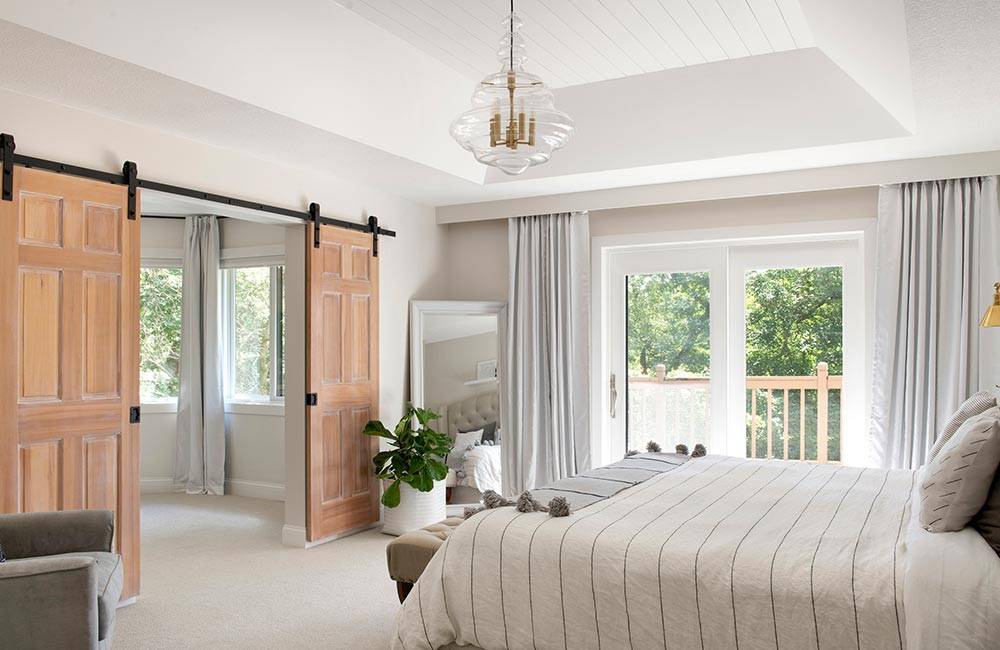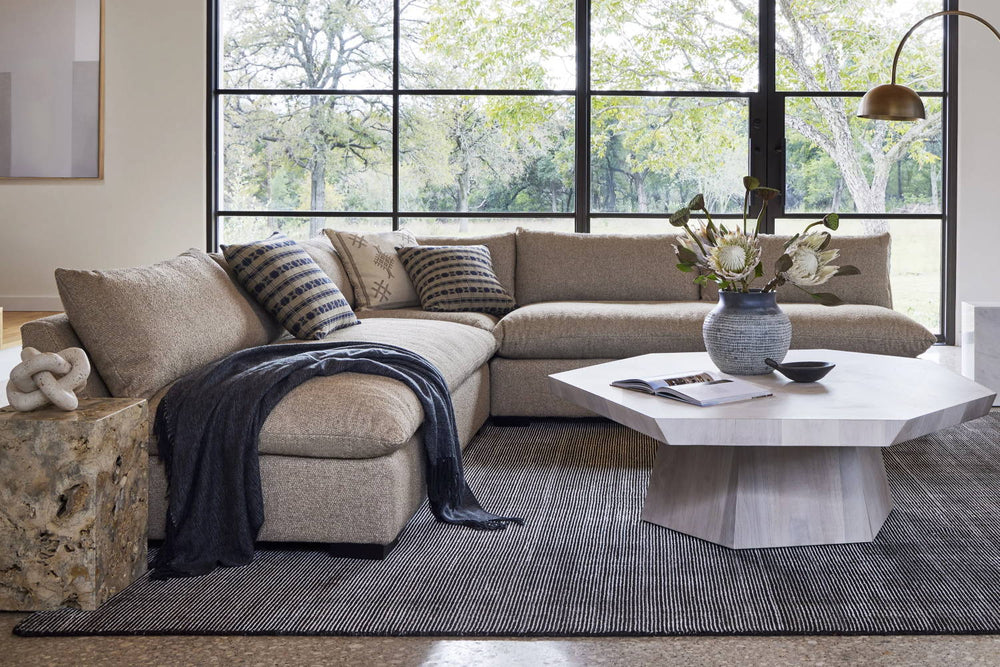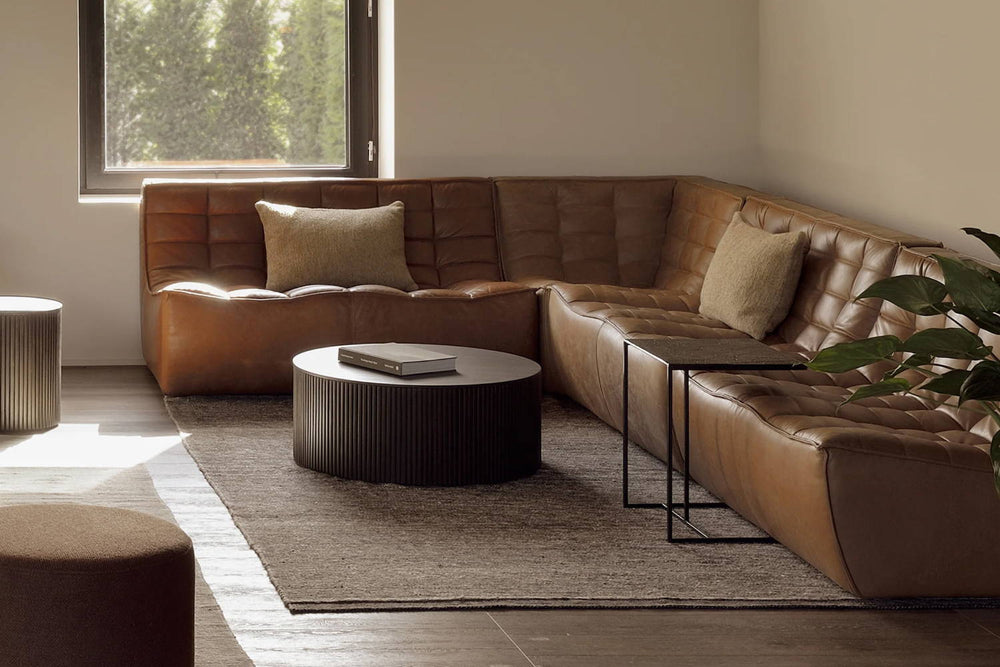In the realm of interior design, the rug serves as more than just a floor covering—it's a foundational element that can elevate the entire ambiance of your living room. Choosing the right size rug is akin to finding the perfect puzzle piece, seamlessly integrating comfort, style, and functionality into your space. From defining seating areas to adding warmth underfoot, the dimensions of your rug play a pivotal role in shaping the overall aesthetic and flow of your living room. JFrom defining seating areas to enhancing room proportions, we'll explore the art and science of rug sizing, ensuring your living room exudes both comfort and style. Let's dive in and discover how to elevate your living space with the perfect rug fit.
Understanding Living Room Rug Sizes
Living room rug sizes vary depending on the dimensions of your space and the layout of your furniture. Here are some typical living room rug sizes and their respective benefits:
- 3' x 5': While smaller, a 3' x 5' rug can still serve as a focal point in a cozy seating area or as an accent piece under a coffee table. It's great for smaller living rooms or for adding a pop of color and texture to specific areas without overwhelming the space
- 4’x6’: A versatile size that fits well in small living rooms or apartment spaces, perfect under individual pieces of furniture like a desk or dining table
- 5' x 8': This size is perfect for smaller living rooms or for defining a specific seating area within a larger space. It works well under a coffee table with the front legs of the furniture placed on the rug, creating a cohesive and inviting arrangement
- 8' x 10': A popular choice for medium-sized living rooms, this size rug can accommodate most furniture arrangements and larger sofas. It provides ample coverage for the main seating area, allowing all furniture legs to comfortably rest on the rug for a unified look
- 9' x 12': Ideal for larger living rooms or open-concept spaces, a 9' x 12' rug offers generous coverage and can anchor multiple furniture groupings or a large sectional sofa. It creates a sense of cohesion in expansive areas while adding warmth and visual interest to the room
- 10' x 14' and larger: These oversized rugs are perfect for grand living rooms or open layouts where you want to make a bold statement. They can accommodate large sectionals or multiple seating areas, providing both comfort and style on a grand scale
Ultimately, the best rug size for your living room depends on factors such as the size and layout of the room, the placement of furniture, and your personal aesthetic preferences. Consider the proportions of your space and how you intend to use the rug to determine the ideal size that will enhance the overall look and feel of your living room.
Measuring Your Living Room Space
Measuring your living room space accurately is crucial for selecting the perfect rug size. Follow these steps to ensure you get the right dimensions:
- Gather Your Tools: Grab a measuring tape, pencil, and paper
- Outline the Space: Begin by outlining the perimeter of your living room. Use your measuring tape to measure each wall's length, marking down the measurements as you go
- Consider Furniture Placement: If you already have furniture in the room, consider how you want it arranged. Measure the distance between furniture pieces and any other key elements like doors, windows, or built-in features
- Decide on Rug Placement: Determine where you want the rug to go and how much of the floor space you want it to cover. For example, you might want it to fit under the coffee table or extend beyond the edges of your seating area
- Measure the Area: Once you've decided on rug placement, measure the length and width of the space where the rug will go. If you're unsure, it's better to err on the side of a larger size for more coverage
- Consider Rug Style: Keep in mind the style and thickness of the rug you're considering. If it's a thicker pile rug, you may need to allow extra clearance for doors to open and close without catching
- Double-Check: After you've taken all measurements, double-check your numbers to ensure accuracy. It's always a good idea to measure twice to avoid mistakes
- Note Any Obstacles: Don't forget to account for any obstacles like floor vents or electrical outlets that may affect rug placement
By following these steps and taking accurate measurements, you'll be well-equipped to choose the perfect rug size for your living room space.
Choosing Rug Placement
Choosing the right placement for your rug in a living room can greatly impact the overall look and feel of the space. Here are some tips to help you decide:
- Define the Purpose: Consider the function of your living room and how you intend to use the rug. Are you looking to define a seating area, add warmth to the space, or simply enhance the room's aesthetic?
- Consider Furniture Arrangement: Determine the layout of your furniture and how the rug will complement it. In a seating area, the rug should ideally encompass all the furniture pieces or at least the front legs of the larger pieces like sofas and chairs
- Under Coffee Table: Placing a rug under the coffee table can anchor the seating area and create a cohesive focal point. Ensure that the rug is large enough to extend beyond the coffee table and accommodate the front legs of surrounding furniture
- Front Legs On, Off, or All On: Depending on your preference, you can choose to have all furniture legs on the rug, only the front legs, or none at all. Each option creates a different visual effect, so consider what works best for your space
- Room Size and Shape: Take into account the size and shape of your living room when selecting rug placement. A larger room may benefit from a rug that defines multiple seating areas, while a smaller room may require a rug that helps to visually expand the space
- Create Visual Balance: Ensure that the rug placement creates visual balance in the room. It should feel proportionate to the size of the furniture and the overall scale of the space
- Leave Space Around the Edges: Leave a border of floor space around the edges of the rug to frame it and create a sense of openness in the room
- Experiment and Adjust: Don't be afraid to experiment with different rug placements until you find the one that works best for your living room. Use painters tape to mark out the outline on the floor first to get a better visual reference before you buy
Ultimately, the best rug placement is one that complements your living room's layout, enhances its functionality, and reflects your personal style preferences.
Selecting the Right Rug Based on Furniture
Selecting the right rug based on your furniture involves considering the size and layout of your living room as well as the placement of your furniture pieces. Here's how to do it effectively:
- Determine Rug Size: Measure the area where you want the rug to go, considering both the length and width. Depending on your preference, the rug can either encompass the entire seating area or be placed under specific furniture pieces like the coffee table or sofa
- Consider Furniture Size and Placement: Take into account the size and placement of your furniture pieces when selecting the rug size. If you have a large sectional sofa, for example, you'll need a larger rug to accommodate it. Ensure that the rug is large enough for all furniture legs to fit comfortably on it or at least the front legs of larger pieces, leaving a few inches on each side to create a balanced look
- Define Seating Areas: Use the rug to define different seating areas within your living room. For example, you can place a rug under the seating area in front of the TV and another under a reading nook or conversation area
- Front Legs On or Off: Decide whether you want all furniture legs to be on the rug, only the front legs, or none at all. This choice can affect the visual balance of the room and create different design aesthetics. Typically, having all front legs on the rug creates a cohesive look, while having none can make the room feel more spacious
- Create Visual Harmony: Ensure that the rug complements the style and color scheme of your furniture. Consider the texture, pattern, and color of the rug in relation to your existing decor to create visual harmony in the space
- Leave Space Around the Edges: Leave a border of floor space around the edges of the rug to frame it and create a sense of openness in the room. This helps to visually balance the rug with the rest of the space
- Experiment and Adjust: Don't be afraid to experiment with different rug sizes and placements until you find the one that works best for your living room. You may need to adjust the placement slightly to achieve the desired look and feel
By considering these factors and taking accurate measurements, you'll be able to select the right rug that compliments your furniture and enhances the overall look of your living room.
By considering the proportions of your space, the layout of your furniture, and your personal style preferences, you can confidently select a rug that enhances the ambiance of your living area. Whether you opt for a rug that anchors your seating arrangement or one that extends beyond the furniture legs for added depth, the right choice will undoubtedly elevate the comfort and aesthetics of your home. With careful consideration and attention to detail, you'll effortlessly transform your living room into a welcoming oasis where comfort meets sophistication. So, measure twice, shop wisely, and revel in the transformative power of the perfect rug.








